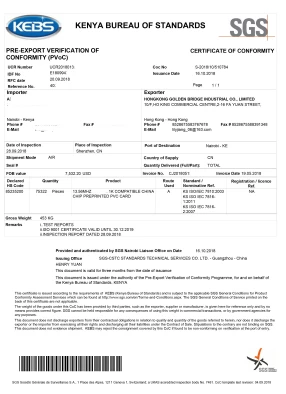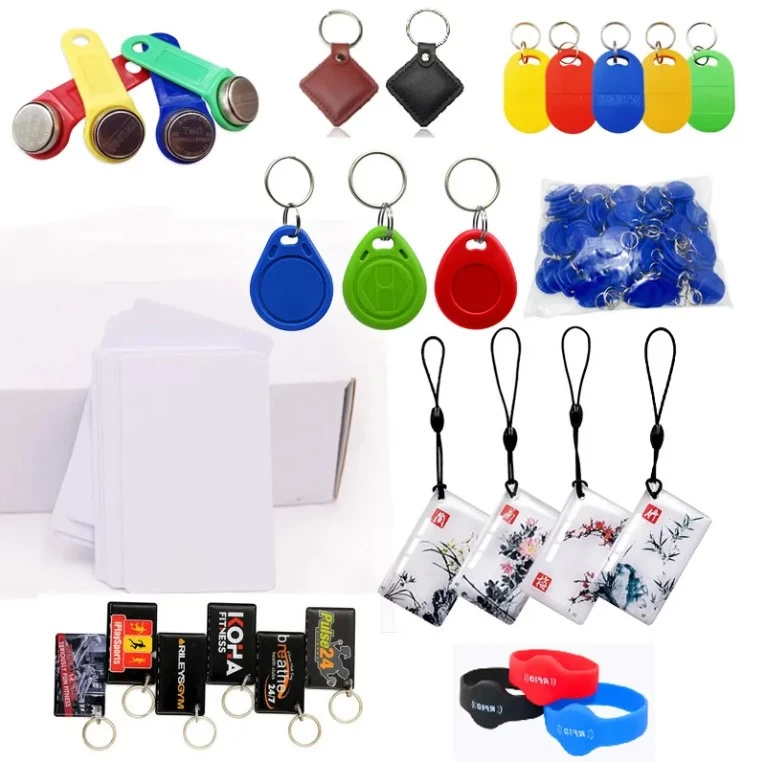NFC digitizes information about missing pets to speed up rescue
PetHub is a technology company based in Washington State. It has developed a solution based on animal tags and servers to store the identity of the pet and the personal information of the pet owner in the cloud. Subsequently, users can access pet information by scanning the QR code on the animal tag or directly using the Near Field Communication (NFC) function. This solution uses a 13.56 MHz chip that complies with ISO 14443, and is widely used in large-scale pet management companies such as dog daycare institutions and bars.

In 2010, former Microsoft employee and entrepreneur Tom Arnold founded PetHub. The company claims that an average of 10 million cats and dogs are missing each year in North America. July is the prevention month for missing pets. This is a publicity campaign initiated by PetHub to draw people's attention to the issue of missing pets.
NFC·Animal Tag
After most people find a lost pet, the first thing to do is to check the pet’s collar tag, which usually contains the pet’s owner’s name and phone number. However, the numbers and letters on the collar label become blurred due to long-term wear and tear, making it difficult to read. The company’s CEO Lorien Clemens said that PetHub has released an animal tag that uses QR code technology or contains NFC functionality. Users can scan the QR code printed on the front of the animal tag through a smartphone (including the PetHub app). You can get more data about pets on your phone.
On the system, first, the user needs to create an online personal profile of the pet, including information such as name, breed, age, medication and allergies, as well as the contact information of multiple emergency contacts. Subsequently, the user gets the QR code that embeds the pet's personal information on the tag. Whether it is for a pet or a pet family, the pet owner needs to pay for the service of finding the missing pet on a monthly or annual basis. The kind person who finds the lost pet only needs to access the tag to find the pet owner's information.
Clemens said that there are currently 3.5 million PetHub digital IDs in circulation, and data about 700 to 1,000 new pets are entered into the website every day. Although two-dimensional code tags can be used in most cases, the current new type of NFC animal tags enable people to access data about missing pets more quickly. PetHub established an animal identification platform for the first time in 2010, and at the same time applied for a patent for the use of NFC technology. However, Clemens said that the availability of NFC in smartphones, especially iOS devices, is limited, which means that the use of NFC functions is restricted by the device.
The company tried to use other wireless technologies, such as Bluetooth, but found that the Bluetooth transmission function was not very reliable. Clemens explained that when using Bluetooth, even if the animal tag is not far from the phone, the signal between the animal tag and the smartphone may not be connected or disconnected. "Maybe the dog is around the corner," she said, "but , The Bluetooth transmission function will not tell you whether the dog is within range.” In addition, some Bluetooth tracker systems often require opening applications before they can operate. Therefore, Bluetooth technology cannot work well in applications, such as Tile and Apple AirTag. . Clemens said, “For us, if a feature is used outdoors, it must be reliable enough to bring the missing pet back home.” She also said that in the past few years, NFC in smartphones Functions are becoming more and more common, and it is very convenient to use on the system.
Using this short-distance transmission version of RFID technology, the biggest challenge is to integrate the technology into metal tags so that the tags can reliably store and transmit data. Therefore, the NFC chip is wrapped in thick epoxy resin with a metal ring to improve its durability.
The view of CEO Lorien Clemens
Clemens also said that the spread of the new coronavirus COVID-19 has brought inconvenience to many industries, and QR code technology is still the most commonly used technology in labels, and consumers are more willing to scan such convenient barcodes. For example, many restaurants now provide customers with menus and ordering services based on QR codes. She added, "So, for us, adding NFC functionality to tags is a very successful technology,".
According to the investigation report made by Clemens, 96% of missing pets will be returned within 24 hours or less. NFC embodies new value in the market, especially when it is impossible to scan a QR code. On the one hand, the two-dimensional code technology requires people to reach out to the neck of the pet dog and to pick up the collar label to scan, which makes the scanning function of the two-dimensional code challenging. What companies need more is to quickly identify pets and obtain pet-related information, and this application demand has prompted the large-scale deployment of NFC tags in life.
Clemens said, "Many apps are really exciting." Currently, dog daycares, spas, boarding places and dog-friendly bars are using these apps. The pet manager of the enterprise puts the smart phone near each animal. This method can not only obtain the pet’s identity, but also check more detailed information, such as whether the dog is a "good citizen"-whether this pet dog has A record of getting along well with other pets. More importantly, the technology customizes the data being collected for each business and incorporates specific behavior training that the animal has received.
Clemens analyzed that PetHub's customers are mainly pet parents, who usually visit the company's website to find daycare services, or inquire about advice provided by animal shelters, animal control departments, municipalities or pet insurance companies. Pet owners can directly purchase pet kits containing NFC and QR tags that can be worn on animal collars, NFC and QR code cards for suitcases, and a key chain card to access pet information in the event of incapacity. The suitcase card is plastic-reinforced and affixed to the suitcase. In this way, airport staff or other people can obtain relevant identification without opening the suitcase.
The PetHub software allows pet owners to report missing dogs or cats, and then proactively send out an alarm to the local shelter. When it learns that the pet is lost, the company will notify friends and family members of the pet’s “safety circle” and automatically update the information when the missing pet is found.


























